Object-Oriented Programming (OOP) is among the most prevalent programming paradigms in contemporary software development. It offers a straightforward and intuitive approach to designing and structuring intricate programs through the use of objects and classes. OOP enables developers to represent real-world issues more intuitively and promotes the creation of clean, reusable, and maintainable code.
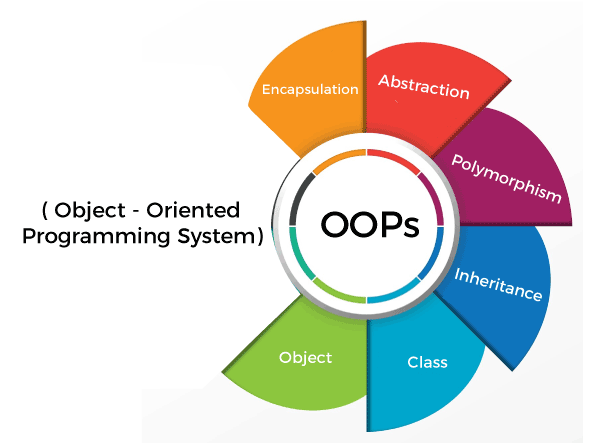
What is Object-Oriented Programming?
Object-Oriented Programming (OOP) is a programming paradigm centered around the idea of “objects,” which are specific instances of classes. These objects symbolize real-world entities and encompass both data (attributes) and behavior (methods or functions).
Rather than creating procedures or functions to handle data, OOP combines data and the functions that act on that data into cohesive objects. This encapsulation enhances program organization and facilitates large-scale software development.
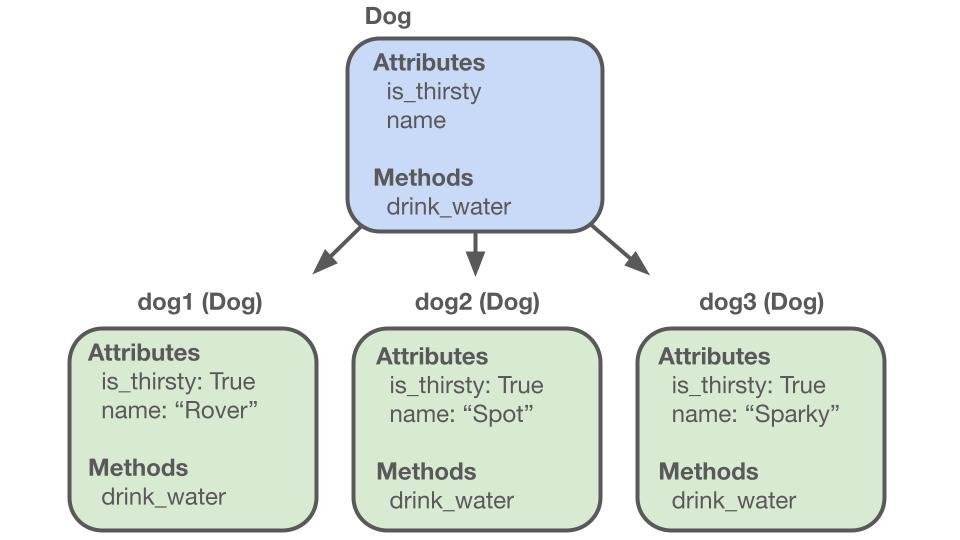
Core Principles of OOP
Object-Oriented Programming revolves around four essential principles, commonly referred to as the four pillars of OOP:
1) Encapsulation: Encapsulation refers to the practice of bundling data along with the methods that operate on it into a single entity—termed a class. This principle also includes limiting direct access to certain components of the object, a practice known as data hiding.
Example:
class BankAccount:
def __init__(self, balance):
self.__balance = balance # private variable
def deposit(self, amount):
self.__balance + = amount
def get_balance(self):
return self.__balance
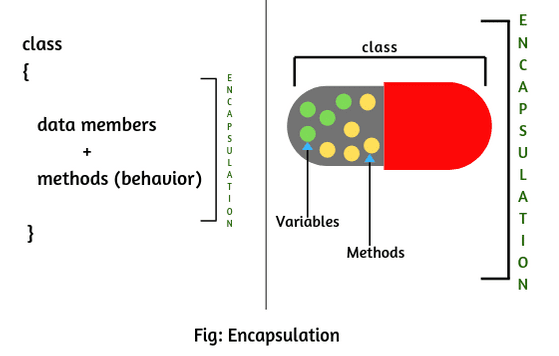
2) Abstraction
Abstraction refers to concealing intricate implementation details while presenting only the essential characteristics of an object. This approach aids in minimizing complexity and enables the programmer to concentrate on interactions instead of the underlying mechanisms.
Example: For instance, when operating a TV remote, you press buttons without being aware of the internal circuitry. In a similar manner, in programming, a user can invoke a function without understanding.
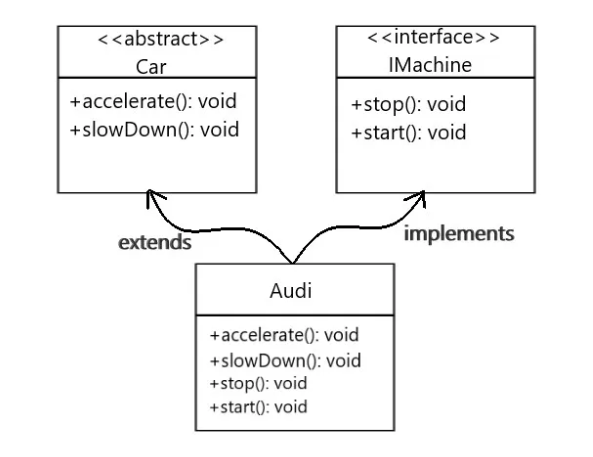
3) Inheritance
Inheritance enables a class (referred to as a subclass or child class) to inherit the attributes and behaviors of another class (known as a super class or parent class). This facilitates code reusability.
Example:
class Animal:
def speak(self):
print(“Animal speaks”)
class Dog(Animal): # Dog inherits from Animal
def speak(self):
print(“Dog barks”)
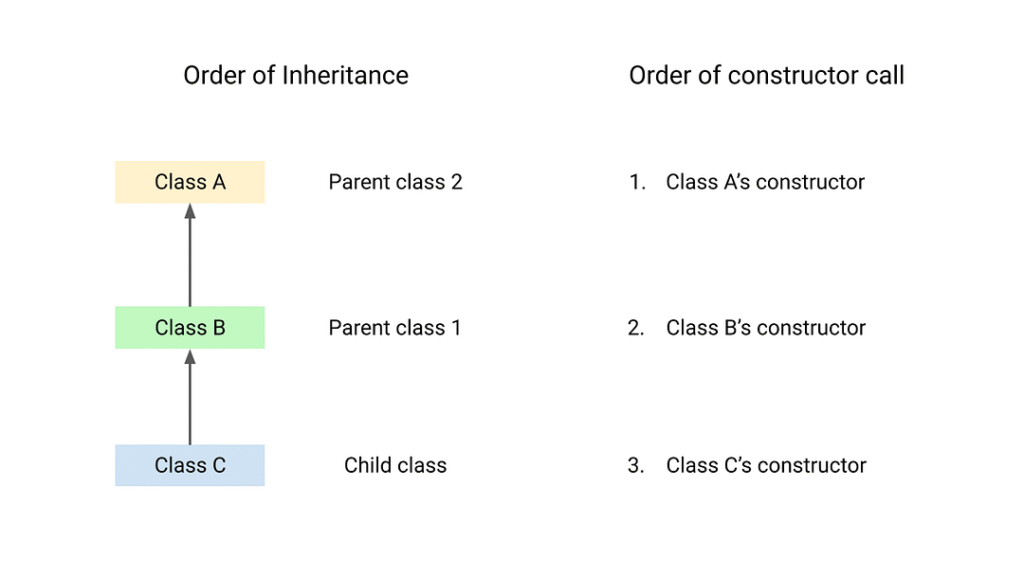
4) Polymorphism
Polymorphism permits objects from various classes to be regarded as instances of a shared superclass. It also facilitates the use of a single interface for diverse underlying data types.
Example:
def make_sound(animal):
animal.speak()
dog = Dog()
make_sound(dog) # Output: Dog barks
In this context, the make_sound function is applicable to any object possessing a speak() method, irrespective of its class.

Benefits of Object-Oriented Programming
1) Modularity: Object-Oriented Programming enables developers to decompose intricate issues into smaller, more manageable components (classes and objects). Each class serves as a module that can be developed, tested, and maintained independently.
2) Code Reusability: Due to inheritance, pre-existing classes can be utilized to form new classes with minimal modifications, thereby conserving development time and minimizing code redundancy.
3) Data Hiding: Encapsulation safeguards the internal state of an object from unintended interference by external code. This enhances the security of applications and reduces the likelihood
of bugs.
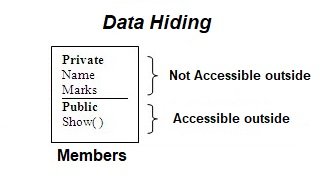
4) Scalability and Maintainability: OOP facilitates the scaling and maintenance of software as time progresses. With code structured into reusable classes, implementing updates or incorporating new features is rendered more straightforward.
5) Enhanced Productivity: Through the encouragement of reuse and a well-defined structure, OOP can result in accelerated development, particularly in extensive projects.
Common Object-Oriented Programming Languages
Several widely-used programming languages either support or are derived from the Object-Oriented Programming (OOP) paradigm, which includes:
- Java
- Python
- C++
- C#
- Ruby
- Swift

Each of these languages applies OOP principles with minor variations in syntax and features, yet the fundamental concepts remain unchanged.
Practical Illustrations of Object-Oriented Programming
- Banking Systems: Classes can be designed for Account, Customer, Transaction, and so forth, each encapsulating pertinent data and methods associated with those entities.
- E-commerce Platforms: Object-oriented programming is employed to depict products, users, orders, carts, payments, and more, all as distinct classes with their unique attributes and behaviors.

- Game Development: Characters, adversaries, weapons, and levels are represented as objects with defined interactions and rules, facilitating a modular and adaptable development process.
Object-Oriented Programming versus Procedural Programming
Feature | OOP | Procedural Programming |
| Focus | Objects and classes | Procedures and functions |
| Data Handling | Encapsulated within objects | Global access or passed between functions |
| Reusability | High, via inheritance and polymorphism | Limited, requires code duplication |
| Maintenance | Easier due to modularity | Harder in large projects |
| Examples | Java, Python, C++ | C, Pascal, BASIC |
Criticisms and Limitations of OOP
Although OOP is extensively utilized, it is not free from criticisms:
- Overhead for Small Projects: OOP can be excessive for minor programs or scripts.
- Steep Learning Curve: Concepts such as inheritance and polymorphism may be intricate for novices.
- Tight Coupling: Misapplication of inheritance can result in tightly coupled code, complicating modifications.
Despite these obstacles, with appropriate design and adherence to best practices, OOP continues to be one of the most efficient paradigms for constructing large, intricate systems.
Conclusion
Object-Oriented Programming offers a robust and intuitive approach to modeling and constructing software systems. By structuring code into classes and objects, and utilizing principles such as encapsulation, inheritance, abstraction, and polymorphism, OOP enables developers to produce modular, reusable, and maintainable codebases. Although it presents certain learning challenges, achieving proficiency in OOP is crucial for contemporary software development and paves the way for a diverse array of programming languages and application domains.
